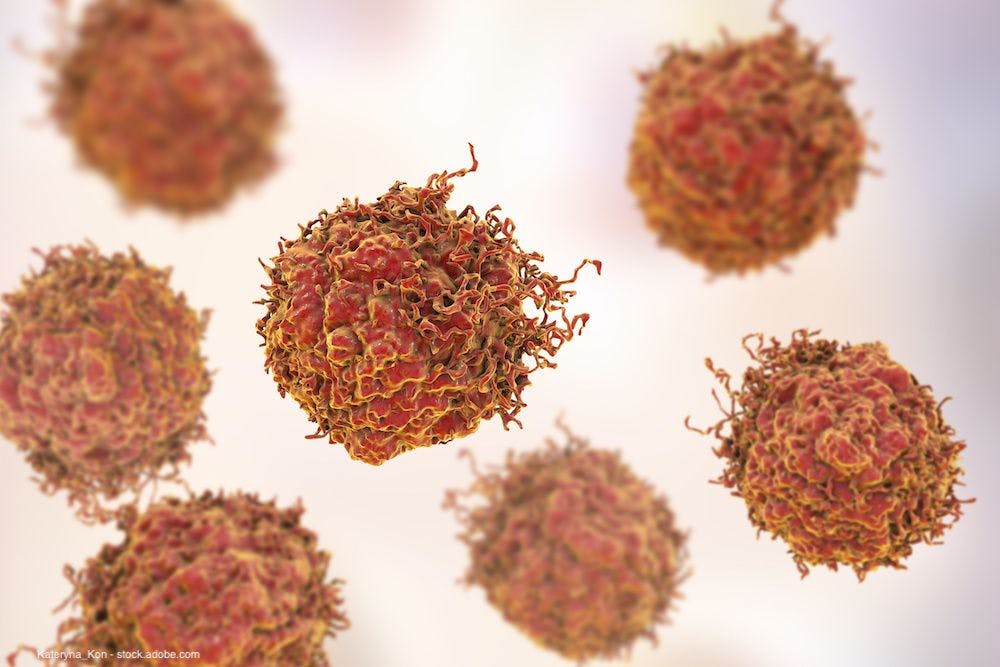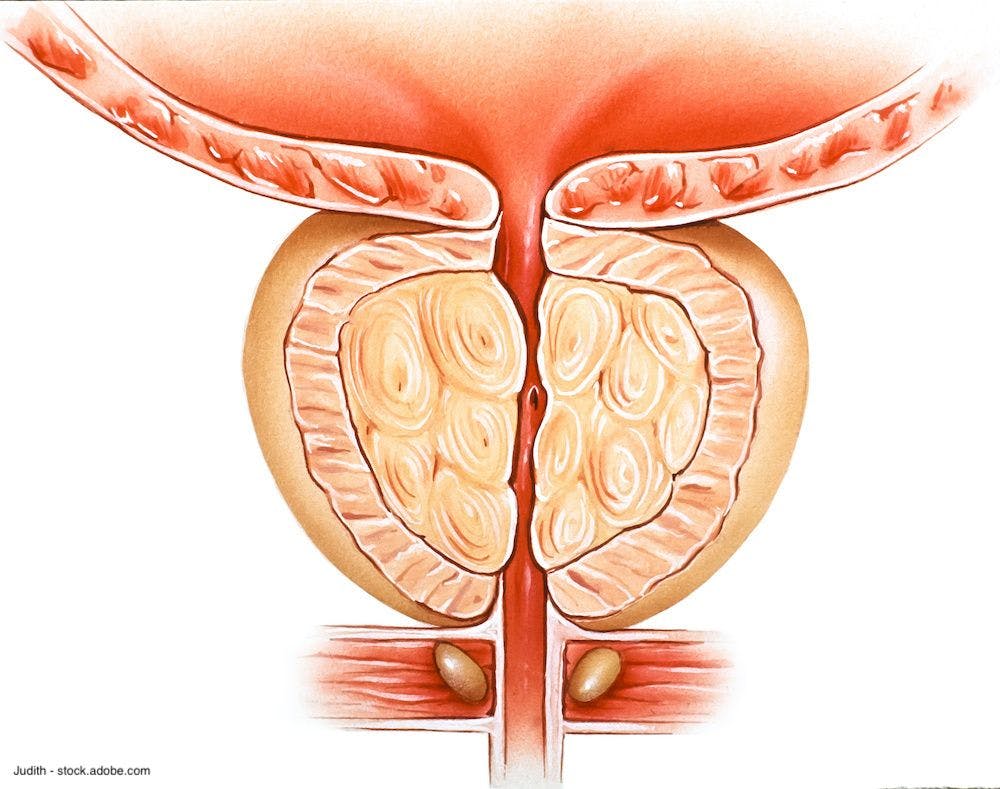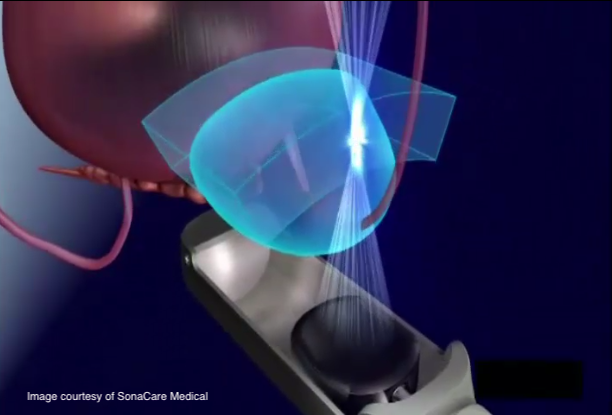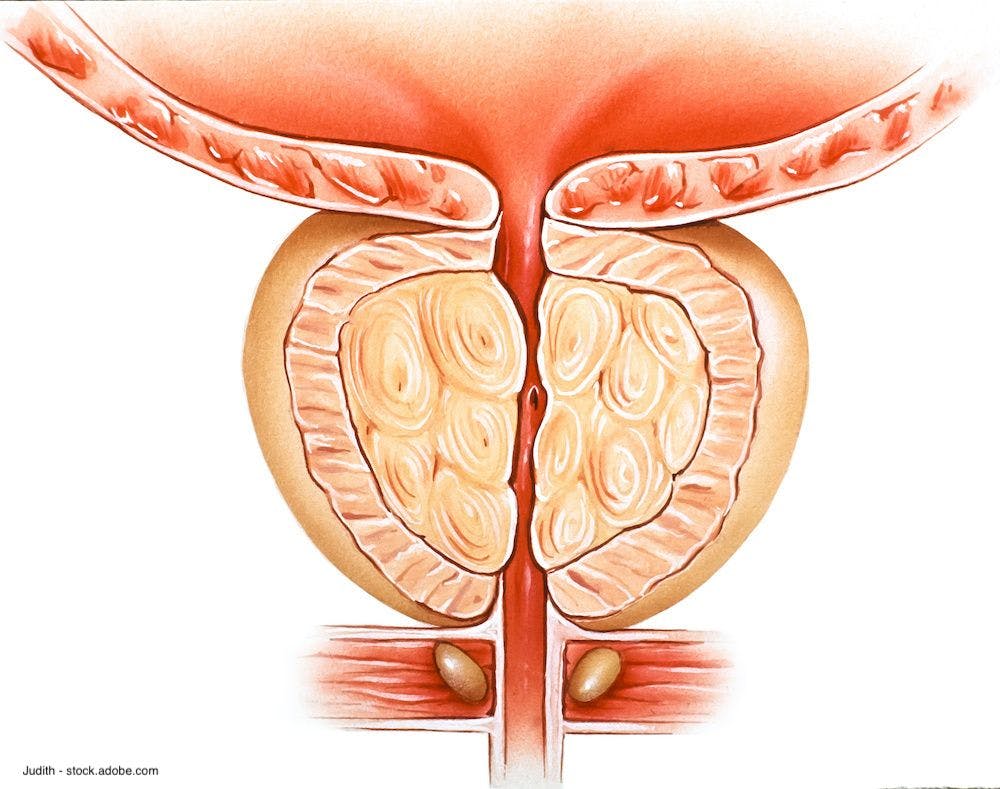Publication
Article
Urology Times Journal
Are phase 3 HERO results a game-changer for urologists?
Author(s):
"This new therapy could change the landscape for the treatment of advanced prostate cancer," Thrasher writes.
Thrasher, a Urology Times® Editorial Consultant, is executive director of the American Board of Urology, Charlottesville, Virginia.
Androgen deprivation therapy (ADT) has been a mainstay of treatment for advanced prostate cancer for decades and has been shown to provide long-term disease control and improve symptoms. However, there is evidence that ADT increases cardiovascular (CV) risk, especially in men with preexisting CV disease.1 Additional concerns for gonadotropin-releasing hormone (GnRH) agonists are delayed castrate levels of testosterone and the need for intermittent injections, among many others.
The recent results of a phase 3 randomized controlled trial investigating relugolix, an oral GnRH antagonist, vs leuprolide may change the landscape in the treatment of advanced prostate cancer (see article, page 8). HERO (NCT03085095) was a multinational, open-label trial that randomized 934 men 2:1 to treatment with relugolix (360 mg on day 1, then 120 mg po qd) or subcutaneous leuprolide injection 22.5 mg (11.25 mg in Japan and Taiwan) every 3 months. Eligible men had confirmed advanced prostate cancer defined as biochemical or clinical relapse, metastatic disease, or advanced localized disease. Additionally, the men had to have serum testosterone levels of 150 ng/dL or greater, serum prostate-specific antigen above 2 ng/mL, and require at least 1 year of ADT. Men with a history of ADT for more than 18 months, active liver disease, or significant CV risk were excluded. The primary end point for the study was sustained castrate levels of testosterone
(< 50 ng/dL) through the 48-week study.
The 2 groups were well balanced in their clinical characteristics. In addition, both arms met the primary end point with 96.7% of relugolix patients and 88.8% of leuprolide patients achieving sustained suppression of testosterone.
Key differences in secondary end points were a much quicker suppression to castrate levels (56% vs 0%, at day 4) and a quicker return to normal by day 90 (54% vs 3%) in the relugolix vs leuprolide arms, respectively. As expected, it took approximately 1 month for the leuprolide-treated patients to reach castrate levels. Known adverse events (AEs) such as hot flushes and fatigue were very similar in both groups, with more grade 1 or 2 diarrhea in the relugolix arm, but this did not result in study discontinuation. Major adverse cardiovascular events (MACE) were 2.9% in the relugolix-treated patients and 6.2% in the leuprolide-treated patients. The authors performed a Kaplan-Meier analysis of cumulative MACE incidence over the study period and found a 54% risk reduction in the relugolix group.
If further studies confirm the efficacy and lower CV adverse effects with this new oral GnRH antagonist, this could make a substantial impact on most urologists’ practices. Patients could avoid an injection, initial testosterone surge would be alleviated, and a significant reduction in CV events would be realized. However, several questions remain to be answered, among them the following: 1. What will be the cost of this new oral therapy? 2. Will third-party payers reimburse for the therapy with currently available injectables already on the market? 3. Will the quicker testosterone recovery make this a more appealing option for intermittent therapy? 4. Might we see more gastrointestinal AEs in a larger trial? 5. What will the AE profile look like when this drug is given in conjunction with nonsteroidal antiandrogens such as bicalutamide?
Although there remain several unanswered questions about this new drug, the initial report is very promising. This new therapy could change the landscape for the treatment of advanced prostate cancer.
Reference
1. Van Hemelrijck M, Garmo H, Holmberg L, et al. Absolute and relative risk of cardiovascular disease in men with prostate cancer: results from the population-based PCBaSe Sweden. J Clin Oncol. 2010;28(21):3448-3456. doi:10.1200/JCO.2010.29.1567

Newsletter
Stay current with the latest urology news and practice-changing insights — sign up now for the essential updates every urologist needs.






























